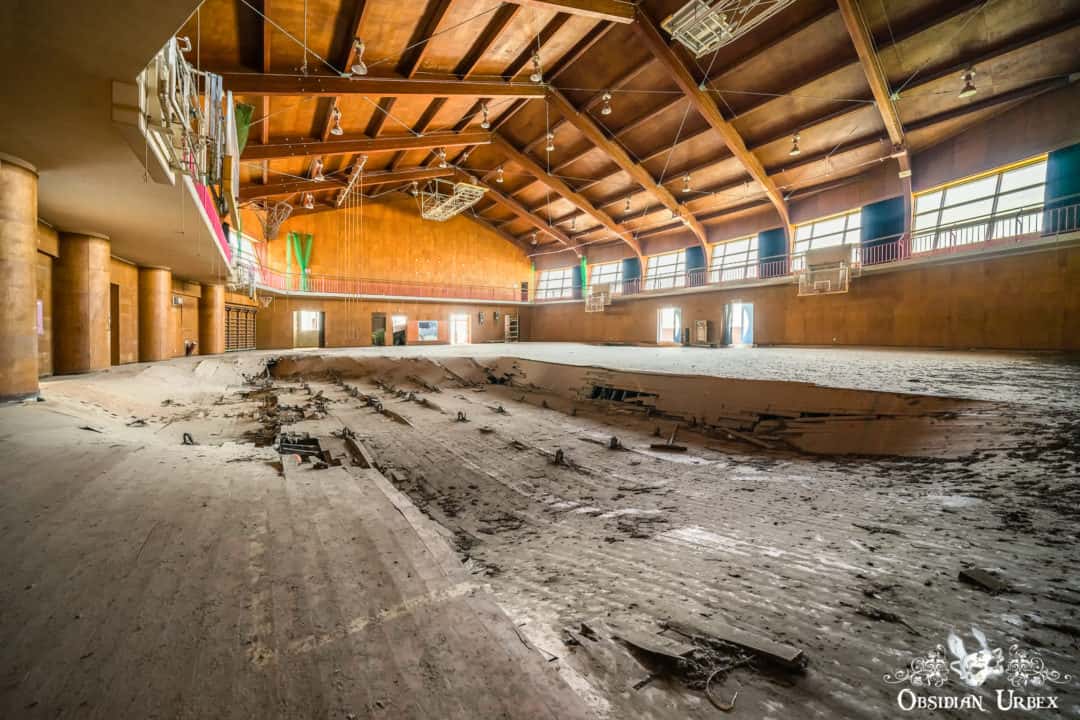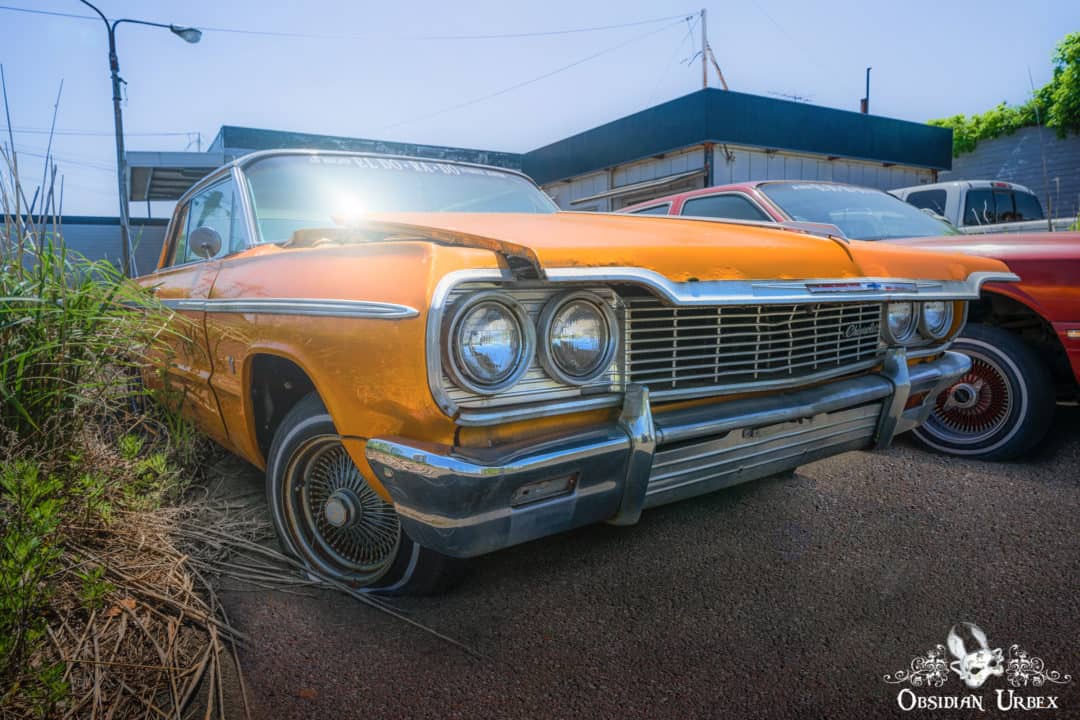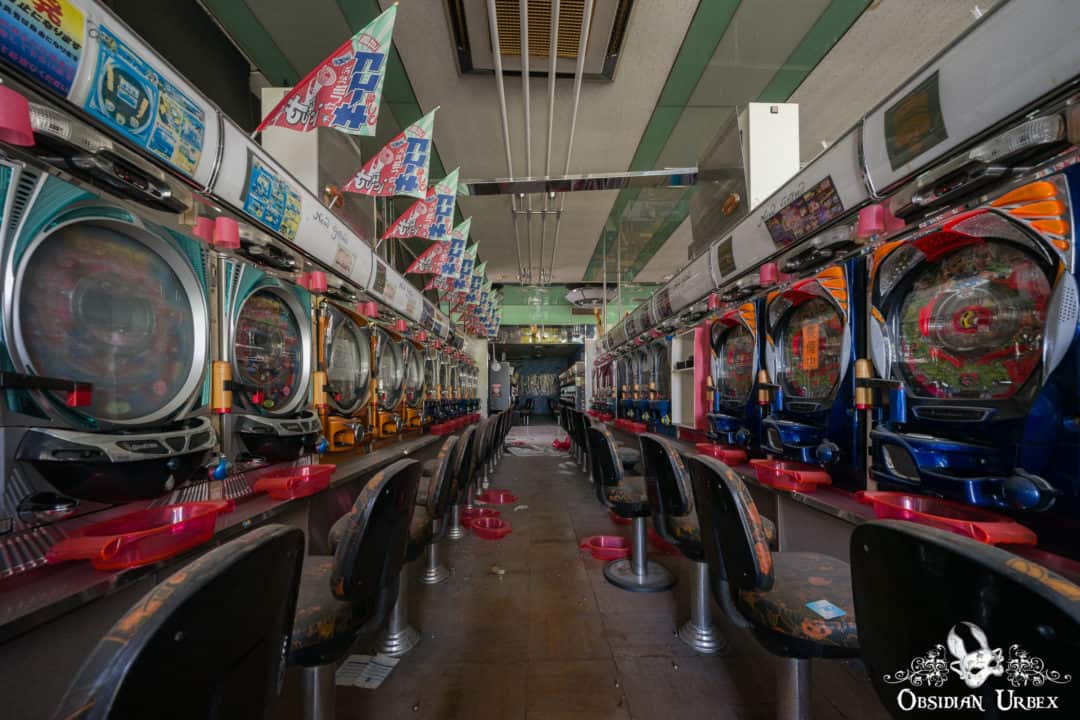Support me on Patreon for early access previews, rewards and giveaways!
Contact Me
Or use the contact form below.
Support me on Patreon for early access previews, rewards and giveaways!
Or use the contact form below.
Today marks 10 years since the Fukushima Nuclear Disaster. It is a day for thought and reflection, about how we treat our planet and the marks we leave.
I visited the Fukushima Exclusion zone in 2019, as part of a two week trip of the abandoned ruins of Japan.
This article also includes background information about the nuclear disaster, as I feel it lends important context to my photographic documentation. If you want to just see the photographs, you can skip to the photos.
The Fukushima disaster was a serious nuclear incident at the Fukushima Daiichi Nuclear Power Plant located in Ōkuma, Japan. The event occurred in March 2011.
There was a level 7 nuclear meltdown at the Fukushima power plant. Hydrogen explosions released radioactive material, contaminating the surrounding area. Residents within a 20km radius of the nuclear plant were evacuated.
It was the worst ever nuclear accident since the Chernobyl disaster half a century ago. At the time of writing the article, the official death toll stands at 2,304. The environmental damage certainly has far reaching, and long-lasting impacts.
The Fukushima accident was caused by the 2021 Tōhoku earthquake. This seismic event occurred 10km offshore, at 2.46pm. The earthquake magnitude was 9.0 on the Richter scale. Thus far, it is the most powerful earthquake to strike Japan since modern record keeping began in 1900.
The violent earth movement triggered a tsunami. This stuck the Fukushima coastline forty-six minutes after the earthquake. As the wave reached the shallow coastal waters, the height was amplified. Estimates suggest the wave was 13-14m tall. However, some sources suggest it may have reached 40m. It travelled at around 10mph as it collided with the land, washing away all that stood in its path.
As soon as the earthquake was detected, the power plant began emergency shutdown protocol. Control rods lowered into the reactors to halt nuclear fissions. Diesel generators came online, powering water pumps to cool the system. If this had continued, disaster would have almost certainly been avoided
When the tsunami warning sirens sounded, it was not an immediate cause for concern. A sturdy seawall protected the Fukushima nuclear power plant. The wall could withstand a 10m tall tsunami; the maximum height that engineers and geologists had predicted could occur here. Where the immense wave struck, it breached the sea wall and flooded the power plant. The diesel generators were engulfed, and failed. With no coolant circulation, the reactors began to overheat. As temperatures rose to critical levels, the plant went into meltdown.
The world has changed in the decade since the disaster. Many governments are now rethinking their policy on nuclear power. Japan and Germany are leading the way in decommissioning nuclear plants, and investing in alternative power sources.
I hope that you found this article and photos from the Fukushima Nuclear Disaster interesting. If you would like to read more and see more photos, each location has a dedicated page for you to explore.
I also have a behind-the-scenes blog from my 2019 trip to Japan, which you can read here; Part 1 and Part 2.

These Fukushima School Ruins overlook the Pacific Ocean. The wooden gym floor is collapsed due to damage from the 2011 Great Tsunami.

This abandoned Fukushima Supermarket stands frozen in time. It was abandoned during the aftermath of the tsunami that struck on 11th March 2011.

These abandoned cars have stood on the forecourt of a car dealer since 2011. There are American cars, as well as a traditional Japanese funeral car.

Fukushima Anime Pachinko is an abandoned gaming venue, and was once a hive of activity. Now the lights are dim and the chairs are unoccupied.
What photograph caught your eye the most? How did this location make you feel? Do you have a question? Let me know by leaving a comment!
Join My Adventures!
I add new content every week, ranging from exciting new locations to blog articles about my road trips. My beautiful newsletter will bring my photographic adventures direct to your inbox!
Your email address will not be shared, or publically displayed. I will only use your data to send you the newsletter, as outlined in the Privacy Policy. You can unsubscribe at any time, via the opt-out link included in every email.